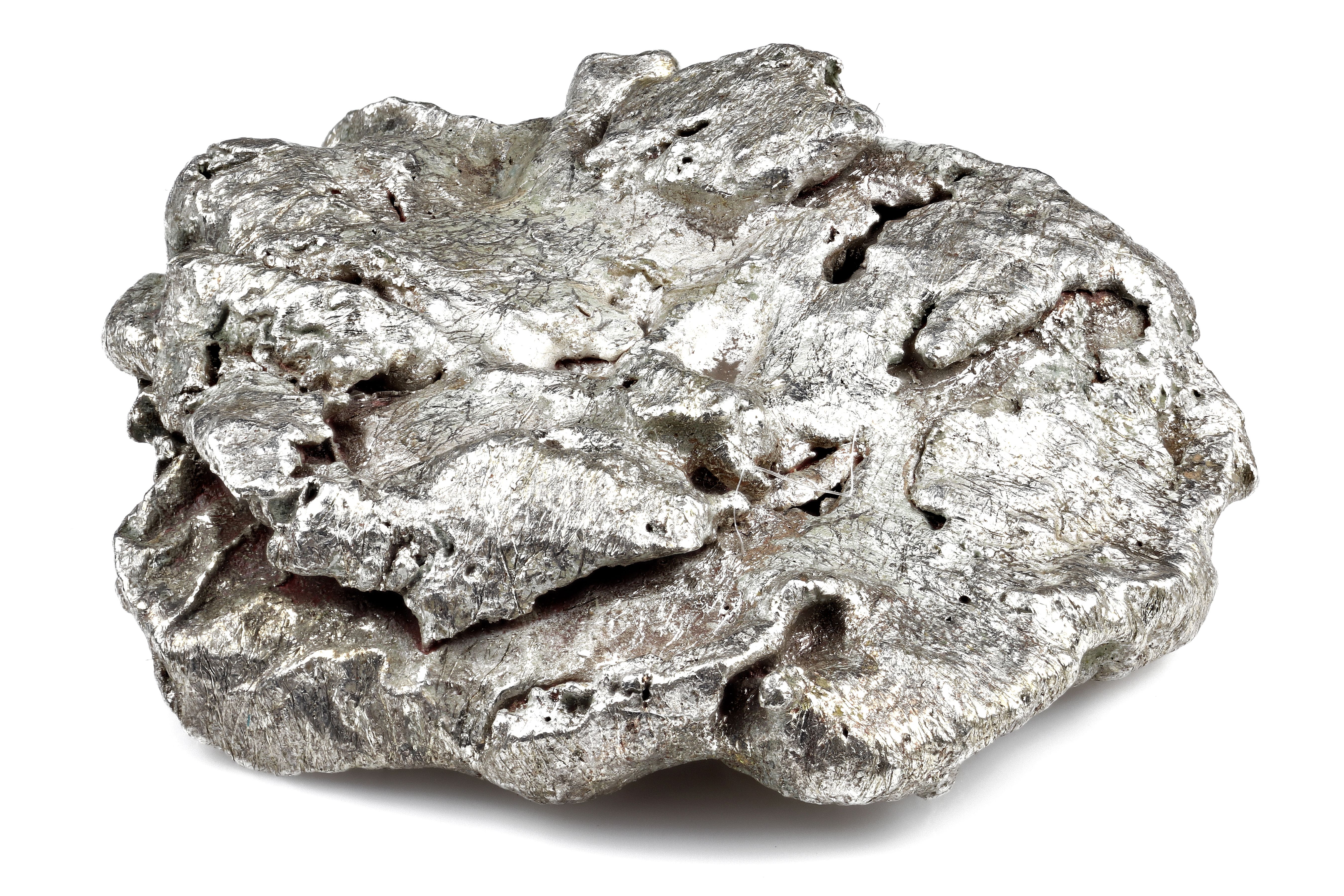Advancing Gas Chromatography: Exploring the Power of Silver(I) Ion-Based Stationary Phases for Olefin/Paraffin Separation
Researchers compare the separation efficiency of olefins and paraffins using stationary phases containing silver(I) ions in ionic liquid (IL) and polymeric ionic liquid (PIL) matrices for gas chromatography techniques.
Researchers at Iowa State University have conducted a comprehensive study comparing the separation efficiency of olefins and paraffins using stationary phases containing silver(I) ions in ionic liquid (IL) and polymeric ionic liquid (PIL) matrices. The study, published in the Journal of Chromatography A, and led by Jared L. Anderson, investigates the differences in the strength of silver(I) ion-olefin interactions between IL and PIL systems, shedding light on the potential of these stationary phases for gas chromatography applications (1). The findings reveal that PIL-based stationary phases exhibit higher silver(I) ion-olefin interaction strength and improved separation selectivity in comparison to IL-based stationary phases, demonstrating their promise in enhancing olefin/paraffin separation in gas chromatography techniques.
native silver nugget from Liberia isolated on white background | Image Credit: © Björn Wylezich - stock.adobe.com

Olefin/paraffin separation plays a crucial role in various industrial processes, and the use of silver(I) ions in stationary phases has shown promise in achieving efficient separation. However, little was known about the differences in the interaction strength between silver(I) ions and olefins when incorporated into IL and PIL matrices.
To bridge this knowledge gap, the research team investigated the chromatographic separation of olefins using stationary phases composed of silver(I) bis[(trifluoromethyl)sulfonyl]imide ([Ag+][NTf2−]) incorporated into two different matrices: the 1-hexyl-3-methylimidazolium NTf2 ([HMIM+][NTf2−]) IL and poly(1-hexyl-3-vinylimidazolium NTf2 (poly([HVIM+][NTf2−])) PIL. The concentration of the silver(I) salt in the stationary phases was varied to study its impact on separation efficiency.
The results revealed that the silver(I) ions in PIL-based stationary phases exhibited stronger interactions with olefins compared to those in IL-based stationary phases. As the concentration of the silver(I) salt increased, olefins showed higher retention in the PIL matrices. Furthermore, the researchers compared the potential of silver(I)-containing IL and PIL stationary phases in comprehensive two-dimensional gas chromatography (GC×GC) with the conventional one-dimensional system. The GC×GC approach demonstrated significantly increased separation selectivity for alkenes and alkynes from paraffins, while dienes and aromatic compounds showed minimal changes in retention.
The study also explored the chemical structural features of IL and PIL that influence the stability of silver(I) ions and the separation efficiency of olefins. It was found that longer alkyl substituents in the IL and PIL cations enhanced the strength of the silver(I) ion-olefin interaction. Additionally, the choice of anions in the IL and PIL matrices played a role in preserving the thermal stability of the silver(I) ions and affecting the retention of olefins.
These findings contribute to our understanding of the differences between IL and PIL stationary phases in gas chromatography. PIL-based stationary phases offer enhanced separation selectivity and improved silver(I) ion-olefin interaction strength, highlighting their potential for advancing olefin/paraffin separation techniques.
The insights gained from this study pave the way for further developments in gas chromatography methodologies and offer new avenues for optimizing olefin/paraffin separation in various industries such as petrochemicals, pharmaceuticals, and polymers. The ability to fine-tune the silver(I) ion-olefin interactions and tailor the properties of PIL matrices opens up possibilities for designing advanced stationary phases with enhanced selectivity and sensitivity. These advancements could lead to improved process efficiency, reduced costs, and better quality control in the production of olefin-based products.
Furthermore, the findings lay the foundation for future research exploring the potential of silver(I) ion-based stationary phases in other gas chromatography applications, fueling innovation in analytical chemistry and paving the way for the development of cutting-edge separation techniques in the years to come. With continuous advancements in gas chromatography methodologies, the industry is poised to achieve greater accuracy, efficiency, and reliability in analyzing complex mixtures and meeting the growing demands of various fields.
Reference
(1) Ryoo, D.; Eor, P.; Bara, J. E.; Anderson, J. L. Comparison of olefin/paraffin separation by ionic liquid and polymeric ionic liquid stationary phases containing silver(I) ion using one-dimensional and multidimensional gas chromatography. J. Chromatogr. A 2023, 1698, 463996. DOI: https://doi.org/10.1016/j.chroma.2023.463996
New Study Reviews Chromatography Methods for Flavonoid Analysis
April 21st 2025Flavonoids are widely used metabolites that carry out various functions in different industries, such as food and cosmetics. Detecting, separating, and quantifying them in fruit species can be a complicated process.

.png&w=3840&q=75)

.png&w=3840&q=75)



.png&w=3840&q=75)



.png&w=3840&q=75)






